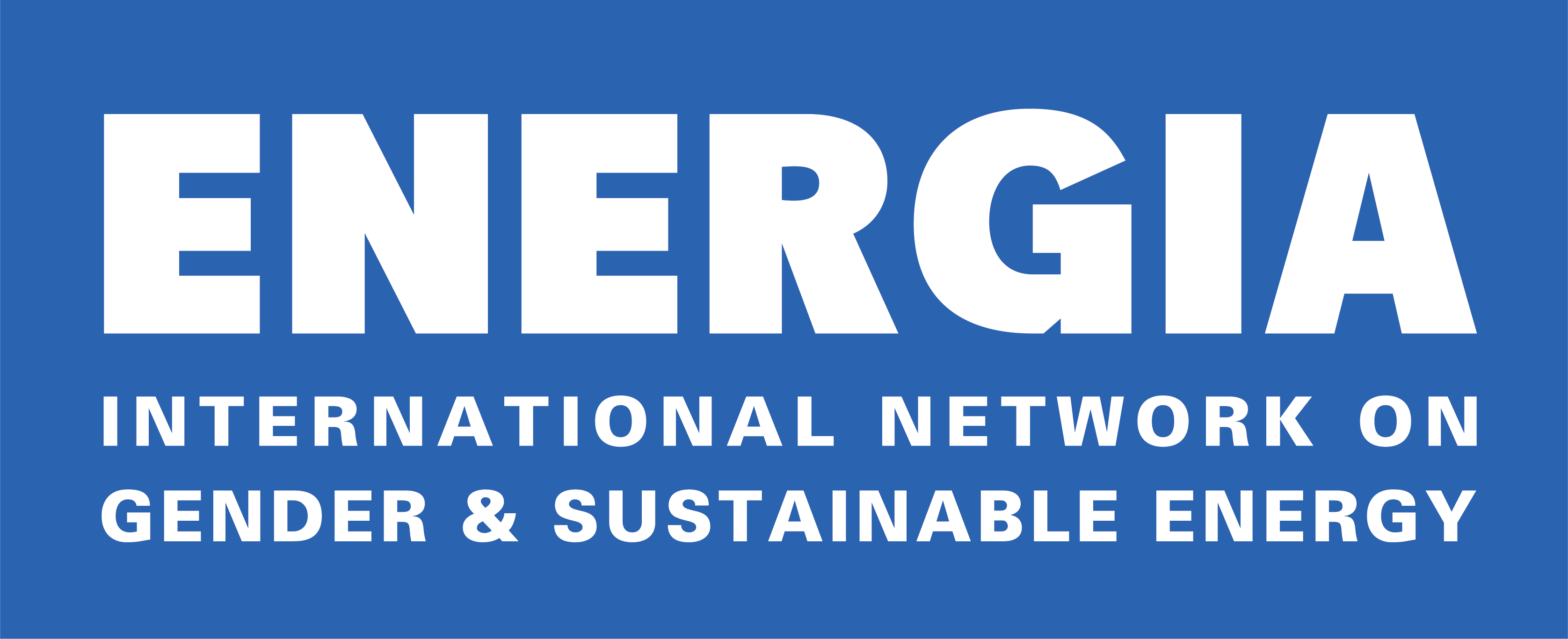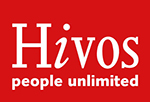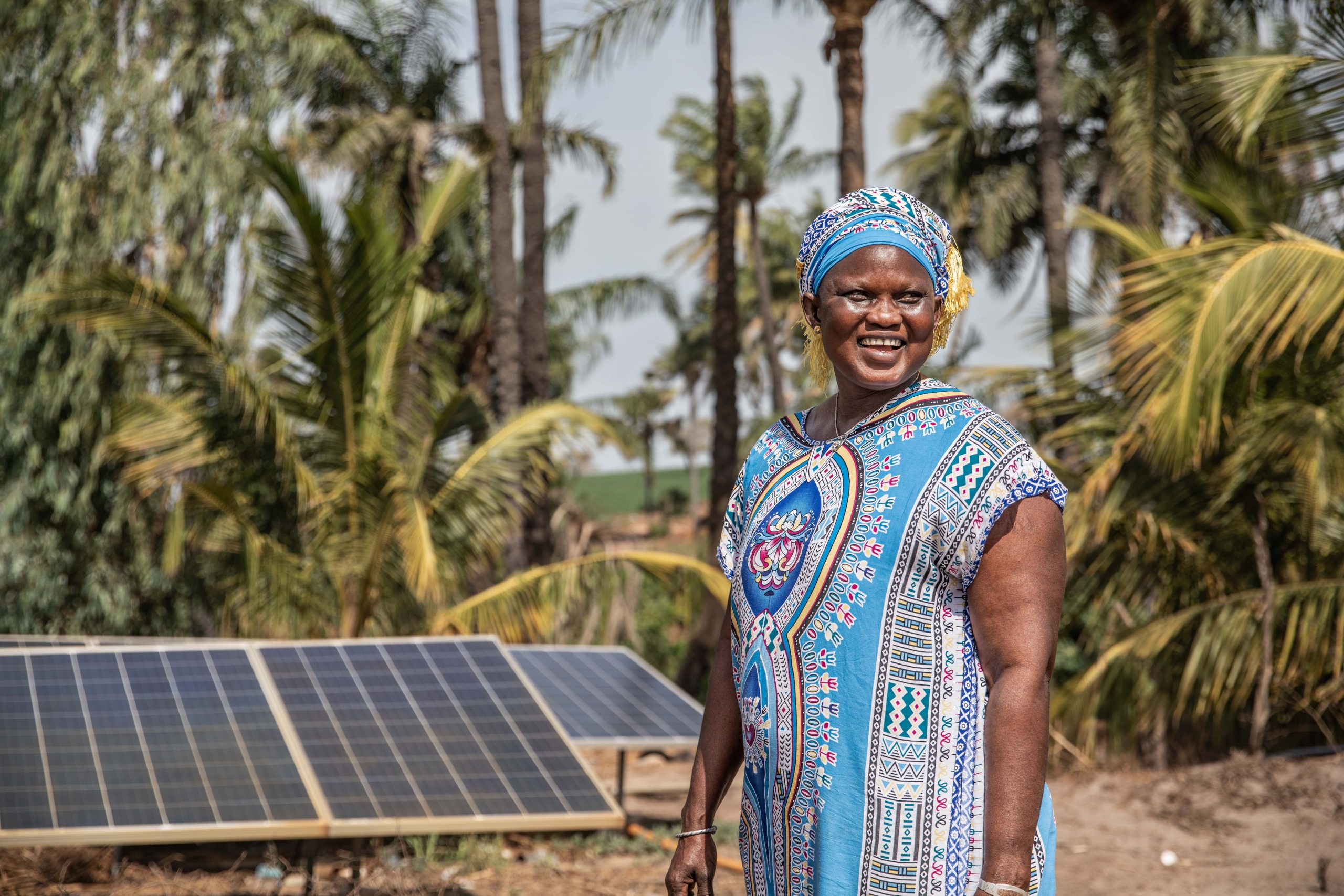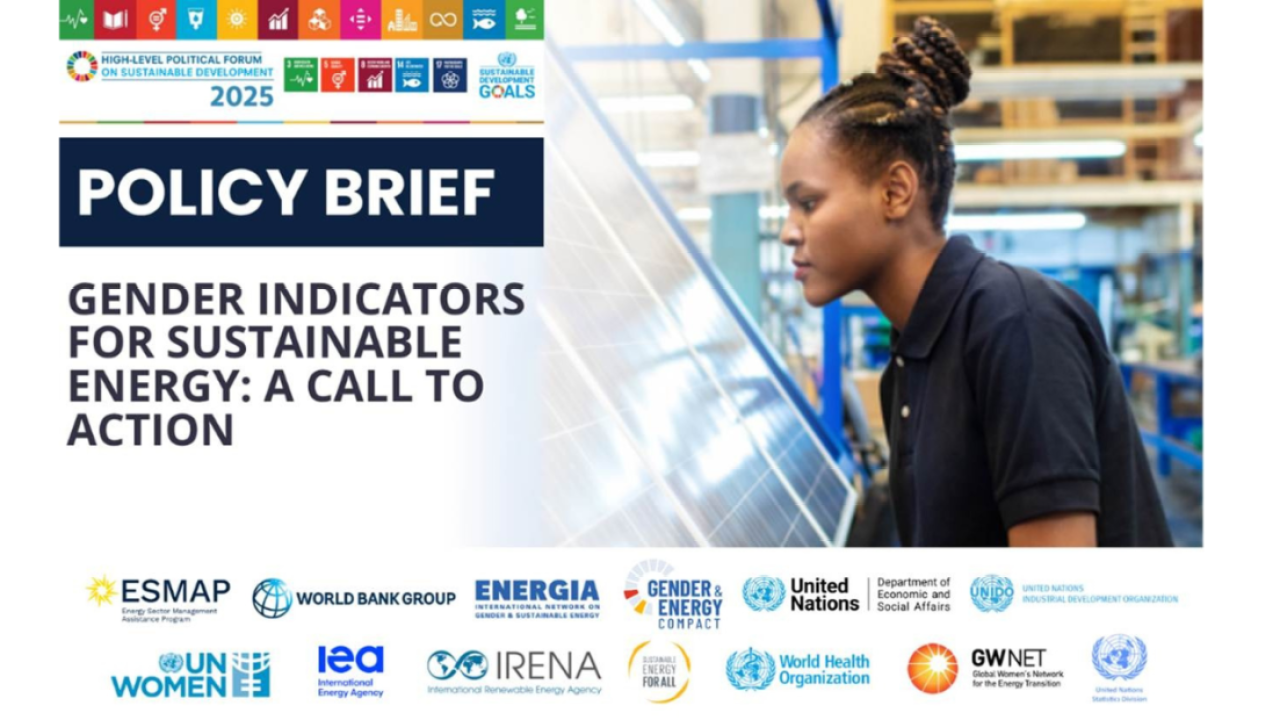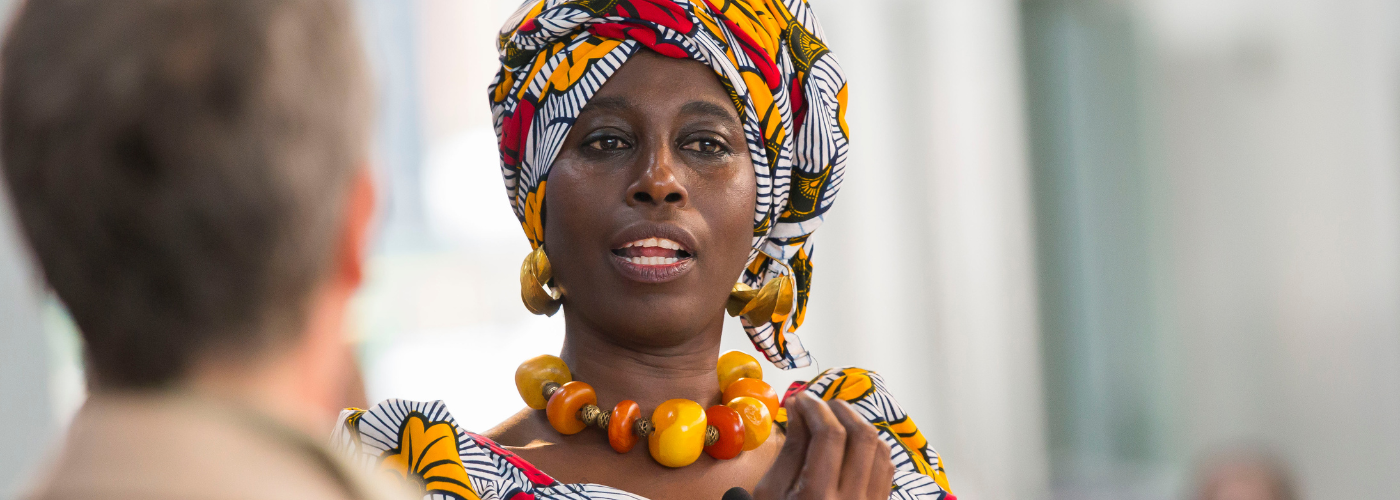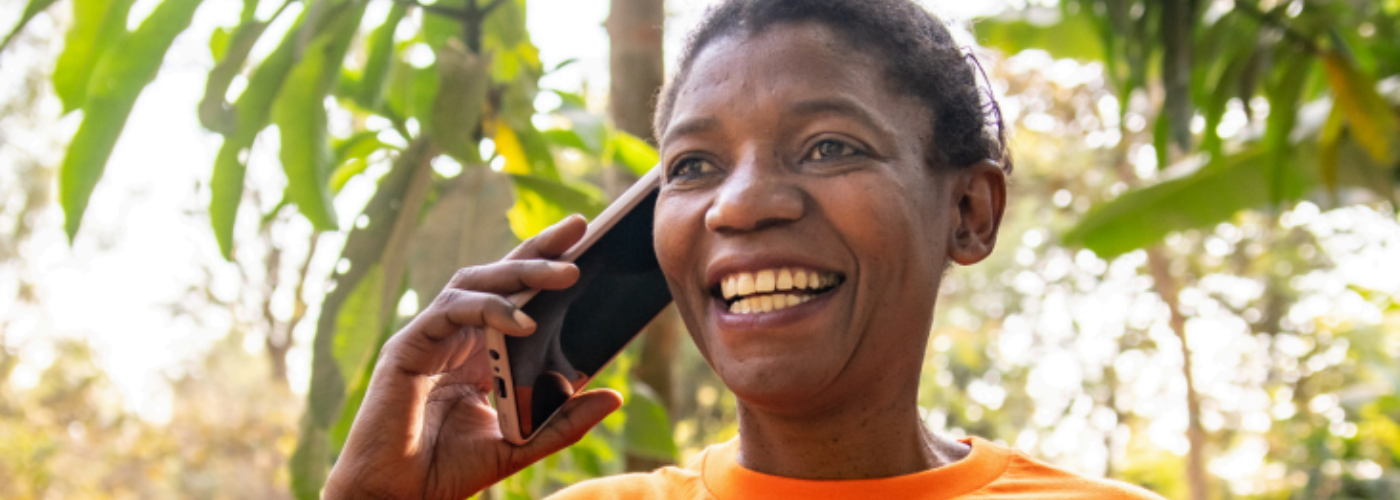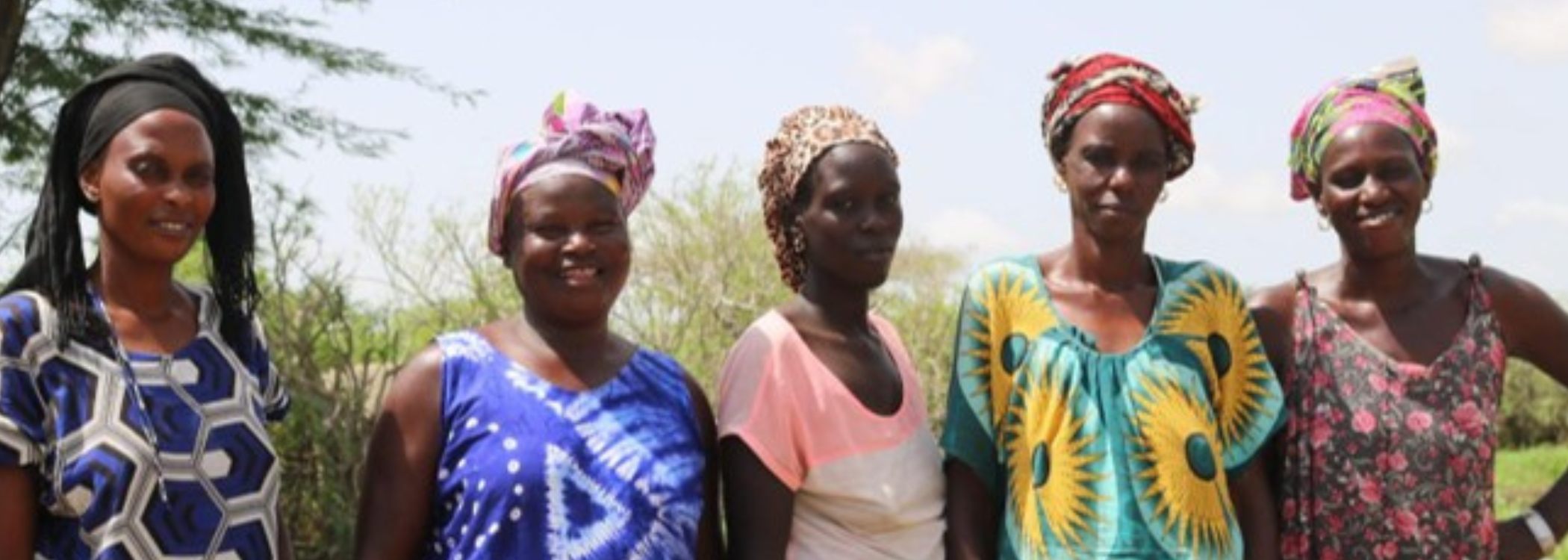By Tjarda Muller, ENERGIA
While progress is being made, globally 733 million people still lack access to electricity and 2.4 billion people do not have access to clean cooking technology and fuels. These numbers show a considerable gap that has to be filled in the seven years left until 2030. The gender gap within this energy access gap is even more alarming. With the energy sector being male dominated, energy policies, programs and projects tend to be gender blind.
Women’s needs are overlooked, leaving them behind. So it’s unlikely we’ll ensure that everyone has access to affordable, reliable, sustainable and modern energy by 2030. Unless, of course, we pay attention to women’s needs and their priorities in energy policies, programs and projects from definition to design, planning and implementation.
For the energy transition to be more gender just and inclusive, considerable progress towards gender equity has to be made in three areas: women in decision making, women in the energy sector workforce, and women as energy entrepreneurs in the supply chain.
Women in decision making
Women’s needs, priorities and opportunities can only be understood if women participate equally and actively in policy and decision-making at all levels and within all types of organizations. It’s also smart economics to have women on boards and other governing bodies. We have seen that women in leadership positions enhance innovation and overall performance. Yet, according to the International Energy Agency (IEA), globally, women make up only 15% of senior management in publicly-listed energy firms. In the public sector it’s even worse. UNDP figures show that women represent just 6% of ministerial positions responsible for national energy policies and programs. Concrete and continuous efforts are needed to raise these alarmingly low numbers.
Currently there are a few initiatives where women leaders in the energy sector champion female leadership in energy, such as the Global Women’s Network for the Energy Transition (GWNET), Women Energize Women, and the Shine Campaign. While applauding these initiatives, there clearly is a need for every energy governing body to engage more women in high level positions within their entities.
Women in the energy sector workforce
According to 2018 International Energy Agency (IEA) data, there are on average 76% fewer women working in the energy sector than men. This is a significant difference from the average 8% gap in the total workforce. Similarly, women working in the sector earn 15% less than men; in the non-energy sector this gap is 13%, only slightly smaller.
To close this gap, a gender lens needs to be applied to policies and practices across all companies (energy companies, utilities, and manufacturers). This includes a thorough analysis of the current situation, followed by a participatory gender mainstreaming process that includes changing or creating policies, training, implementation, and monitoring. And of course, this all has to be done with true commitment to make a change.
Of the women who do work in the energy sector, the majority hold administrative functions. Women should have equal opportunities to occupy any position, whether administrative, management, higher leadership or technical. To accomplish this, investments are needed in education, budget and incentives to get more women and girls into STEM. Additionally, it is extremely critical to work on eliminating discriminatory gender and race norms that keep women, and particularly women of color, in administrative roles despite being overqualified. In a report published by the Pew Research Center in 2021, 32% of qualified white women and 50% of Black or Latina women were mistaken for working as administrative or custodial staff.
Women as energy entrepreneurs in the supply chain
Research shows that 26% of women in Sub-Saharan Africa are involved in entrepreneurial work. They are as equally motivated to grow their business as men, and compared to men, they have a higher pay-back rate on loans. Furthermore, women know what works and what doesn’t in terms of their own energy needs. They have fast networks, especially in hard to reach areas, and count for higher adoption rates because they are users themselves and are more trusted by other women. This makes them excellent energy entrepreneurs and an important asset in reaching SDG 7 targets.
A very promising picture, one would say, but there’s a downside to it. Women entrepreneurs face multiple challenges that prevent them from succeeding. These constraints are cultural, financial, educational and technological. So for women to thrive in their business and play a significant role in securing sustainable energy for all, they need an enabling environment. Especially in the start-up phase, women entrepreneurs need training, mentorship, and access to relevant stakeholders. That’s why we need explicitly gender-inclusive policies and why financial institutions must understand that investing in women is not a risk, but an opportunity.
Nonetheless, estimates from IFC show that there is a USD 300 billion financing gap for women-owned small businesses globally. Over 70% of women-owned small and medium sized enterprises don’t receive the funding they need. To address this, ENERGIA has commissioned a practical toolkit to help financial service providers, renewable energy companies, impact investors and donors take steps to close this financing gap.
Uniting forces
Fortunately, much work is being done by organizations and institutions to close the gender and energy gap. In 2021, ENERGIA, UNIDO and GWNET initiated a Gender and Energy Compact to stimulate action towards gender equality and women’s empowerment to accelerate a just, inclusive and sustainable energy transition. The compact currently counts over 80 signatories, including governments, NGOs, research institutions and the private sector. Every one of them is also taking concrete actions towards gender inclusion in energy. However, to understand the full scope of all these actions and harness their impact, full disclosure and reporting on the activities is needed. Similarly, there is an urgent need for others to join the Gender and Energy Compact because it is only together that we can ensure a gender-just and inclusive energy transition for all.
Harnessing the power of gender data to transform the clean energy workforce
On July 11, the Gender and Energy Compact (ENERGIA, UNIDO, GWNET), the Government of Iceland, and SEforALL will host a side event at the High-Level Political Forum. It will look further into gender and employment in the energy sector and the need for gender-disaggregated data to better understand trends and identify actions to increase diversity and inclusivity.
Date & time: Tuesday July 11, 08:00 – 09:30 EDT
Venue: UN HQ, New York, Room 8
Live-stream: To be announced
